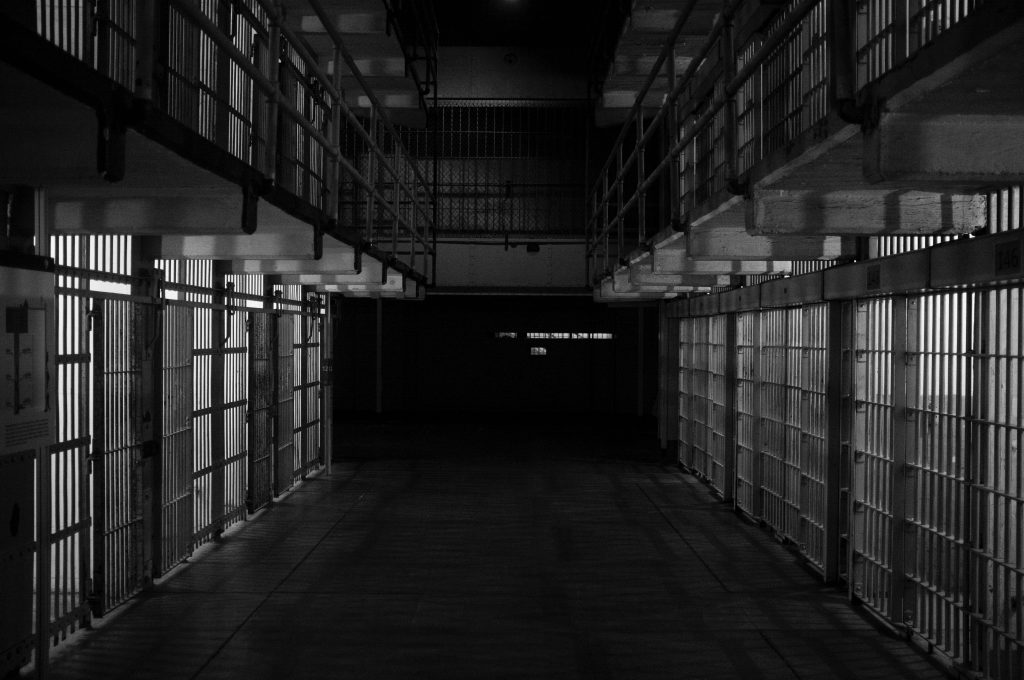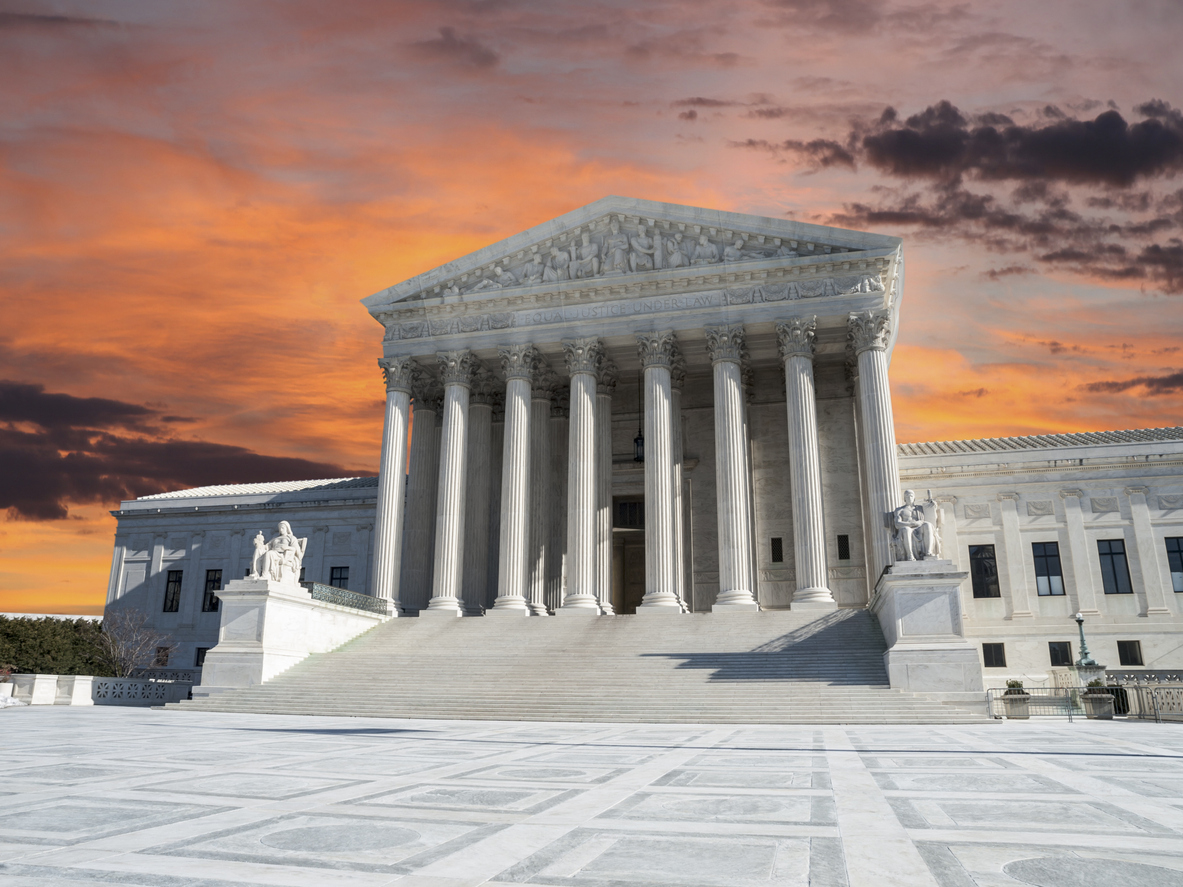The Eighth Amendment to the United States Constitution states as follows: “Excessive bail shall not be required, nor excessive fines imposed, nor cruel and unusual punishments inflicted.” Put more simply, the Eighth Amendment prohibits cruel and unusual punishment.
But what is cruel and unusual punishment? The Eighth Amendment does not define the term. And nothing in the rest of the Constitution or its amendments helps. Nevertheless, courts all over the United States have discussed the term for several decades.
What does the term “cruel and unusual punishment” mean?
More than 100 years ago, in a case called Weems v. United States, the United States Supreme Court recognized that “[w]hat constitutes a cruel and unusual punishment has not been exactly decided.”
More recently, in a case called Bucklew v. Precythe, the Supreme Court discussed the concept in the context of the death penalty. “[T]he Eighth Amendment doesn’t forbid capital punishment,” the Court said. But “it does speak to how States may carry out that punishment, prohibiting methods that are ‘cruel and unusual.’ ”
“What does this term mean?” the Court asked. “At the time of the framing, English law still formally tolerated certain punishments even though they had largely fallen into disuse—punishments in which ‘terror, pain, or disgrace [were] superadded’ to the penalty of death.”
Examples the court referenced “included such ‘[d]isgusting’ practices as dragging the prisoner to the place of execution, disemboweling, quartering, public dissection, and burning alive, all of which Blackstone observed ‘savor[ed] of torture or cruelty.’ “

How do courts apply the term “cruel and unusual punishment” in real life?
Unfortunately, a lot of this discussion doesn’t help most people understand what the term “cruel and unusual punishment” means in everyday life. In Bucklew v. Precythe, the Supreme Court tried to clear that up.
It explained “that the Eighth Amendment does not guarantee a prisoner a painless death—something that, of course, isn’t guaranteed to many people, including most victims of capital crimes.”
In fact, the Court recognized, it has never held that a state’s method of execution was cruel and unusual. “This Court has yet to hold that a State’s method of execution qualifies as cruel and unusual, and perhaps understandably so,” the Court wrote.
Courts have interpreted and applied the term in cases based on prison conditions, too. In those cases, the Supreme Court said in a case called Wilson v. Seiter, the “inquiry” focuses on “a prison official’s state of mind when it is claimed that the official has inflicted cruel and unusual punishment.”
But, in most cases, the length of its sentence, by itself, won’t be enough. Indeed, the Supreme Court said in Ewing v. California, “successful challenges to the proportionality of particular sentences have been exceedingly rare.”

The Takeaway:
The Eighth Amendment to the U.S. Constitution prohibits cruel and unusual punishment. But it doesn’t say what that actually is. It’s true that some courts have ruled that some sentences are cruel and unusual. But they do the opposite in most of the cases. Even when it comes to really long sentences, court decisions finding Eighth Amendment violations are “exceedingly rare.”






